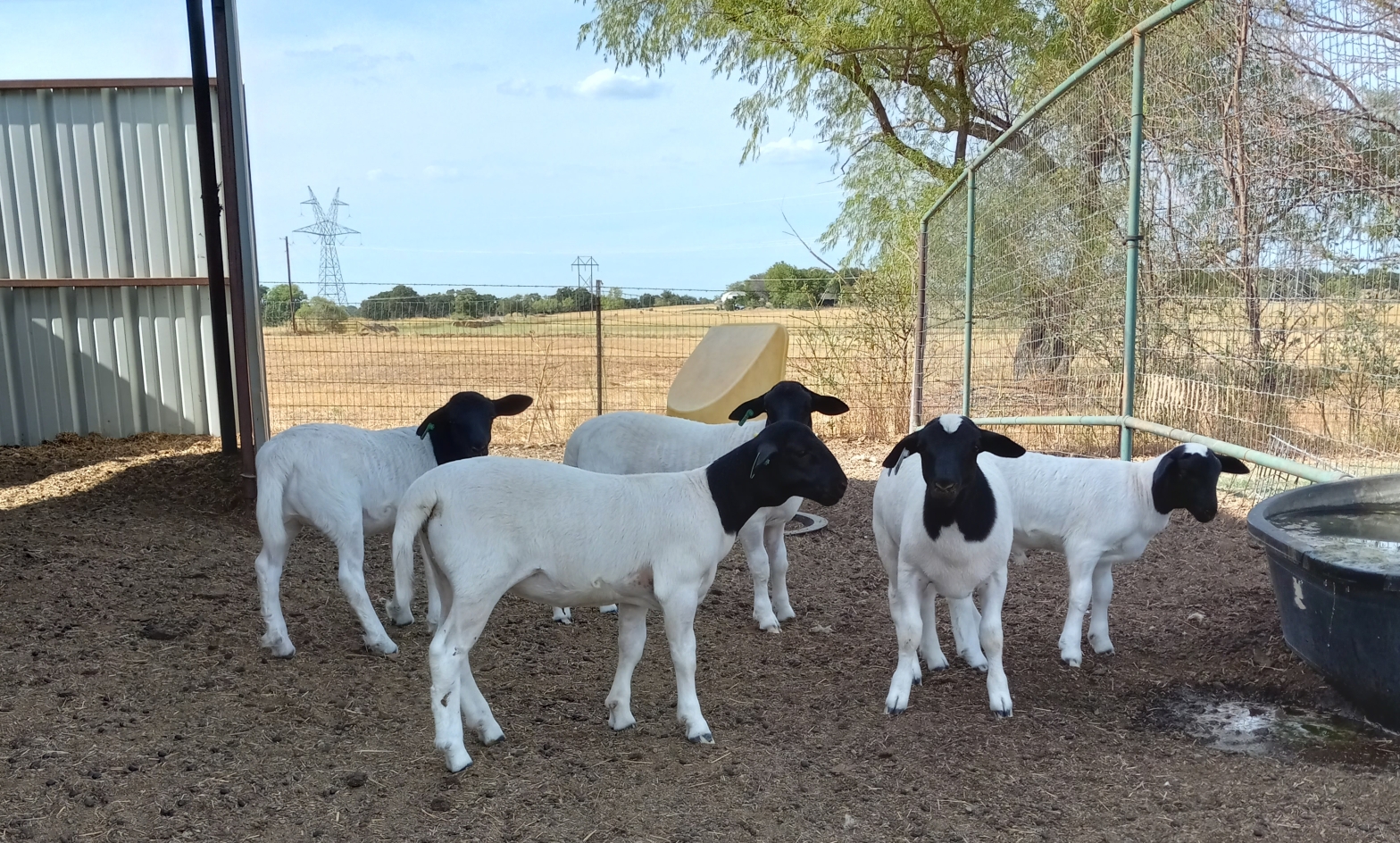I am a sheep farmer that raised Dorper sheep, a hair sheep developed in South Africa. The primary purpose of developing this breed of sheep was to have a breed of sheep that could produce an excellent quality carcass on low vegetation. As a sheep farmer, I work at breeding sheep to met the breed standards of Dorper sheep.
The other day my husband and I slaughtered a lamb we raised. As a sheep farmer of meat lambs, I eat my own lamb. How can I represent and sale a product if I do not know what the product looks like or tastes like? As well as learning the product I raise, I also fill the freezer with meat.
The opportunity to evaluate the carcass of the lambs I raise can only occur when I slaughter one of my own lambs. I sell most of my lambs at an auction, where feedlots and processors purchase my lambs. From there it is very hard to follow the lamb through the slaughter and butchering phase to reach the consumer. In order to evaluate the carcass, I have to do the slaughter and butchering.
I have made steady improvement in the conformation and body size of my lambs through careful selection and breeding. I am still working on improving the conformation of the sheep I produce. As well as improving my sheep genetics, I have been working on feeding the sheep with lower expenses and found a supplement that has the nutrients without extreme cost. This would be the first lamb we slaughtered using the new supplement during the growing time of the lamb.
The lamb selected was an eight month old lamb, weighing over 175 pounds. I had wanted to slaughter the lamb in September, but the arrival of my daughter’s triplets postponed the slaughter date.
Dorper sheep are raised for meat and hide production. When we started the process of slaughter, the first to come off is the hide. I was pleased that the thickness in the hide, an improvement from the last lamb I slaughtered.
Once the hide was removed, I evaluated the fat distribution on the outside of the carcass. This gives me two indicators – one was my lamb ready for slaughter, too fat or too thin. The second indicator is the fat distribution evenly on the carcass. Dorpers are to have even distribution of fat on the carcass.
Once the lamb was cleaned, and quartered I could start looking at the fat distribution within the meat. The meat was beautiful. While working with the meat, it was tender or easily cut and the texture and color were very good.
I have worked very hard to improve the quality of my sheep. It is easy to see the external traits such as conformation, mothering ability, and monitor weight gain. Only be slaughtering a lamb can I make an evaluation on the quality of carcass and meat my sheep are producing.
The final test is the taste test, requiring me to cook a meal. Taste is very subjective as people have their own opinions of taste. When I evaluated the hide, there was very little lanolin, an indicator the meal will have a mild taste. Some people do not like lamb with a mild taste, and some prefer the mild taste. Taste is also affected by how the lamb is cooked, spices used and if the person preparing the lamb can produce a flavorful meal regardless of what is being prepared. In other words, some people can cook, and other can not. Taste is personally subjective.
If you are a sheep farmer raising wool sheep for their fiber, do you use the items created from the wool of your sheep? Do you know how it feels and holds up to use?
As sheep farmers, we need to evaluate the product we raise in both a raw state and finished product in order to benefit our flock and our breed.
Granny
